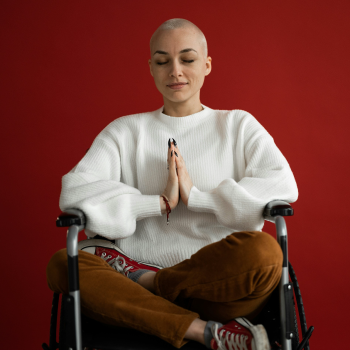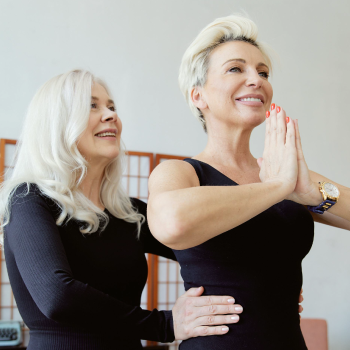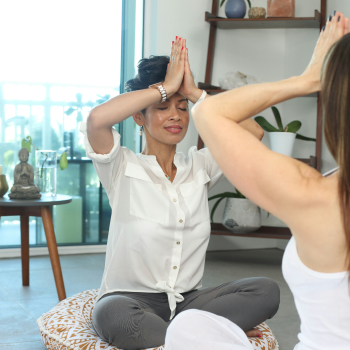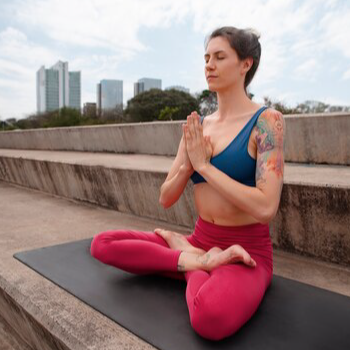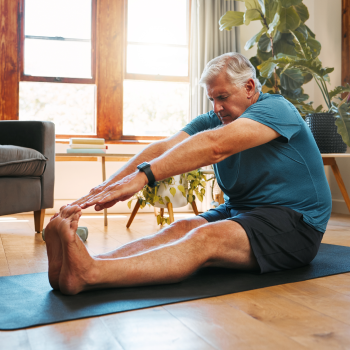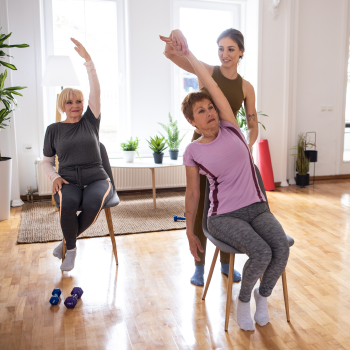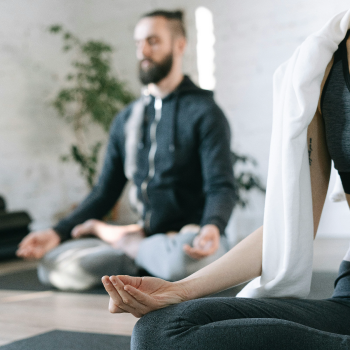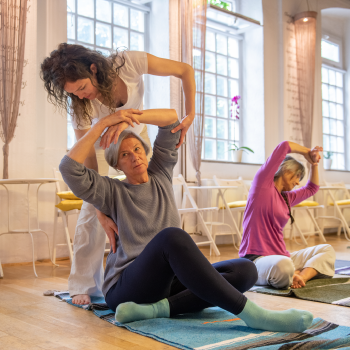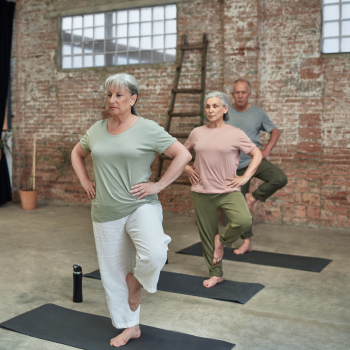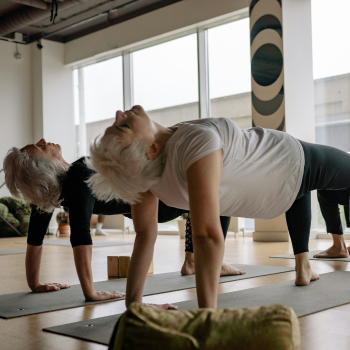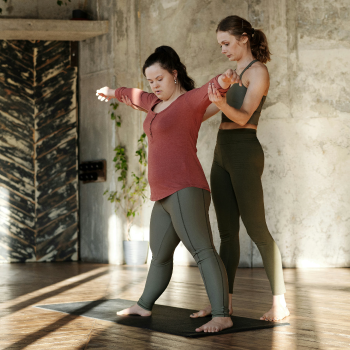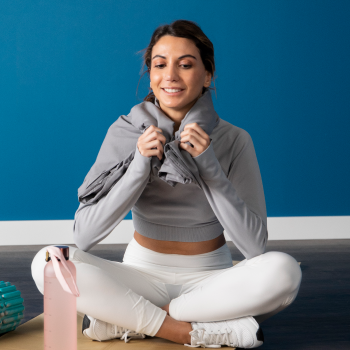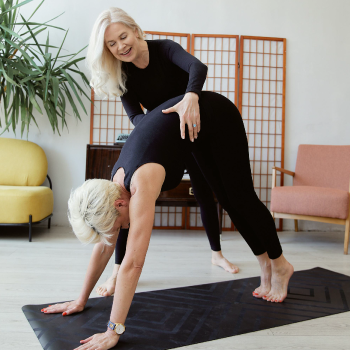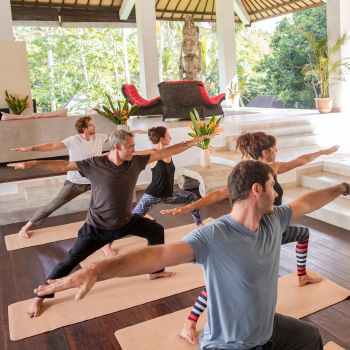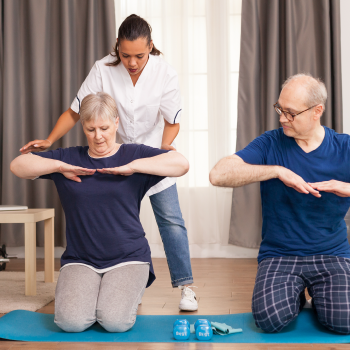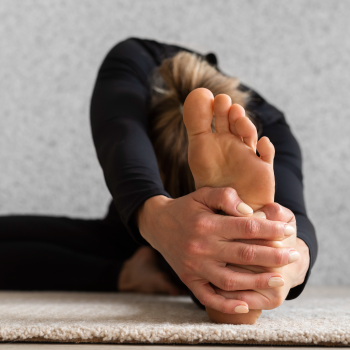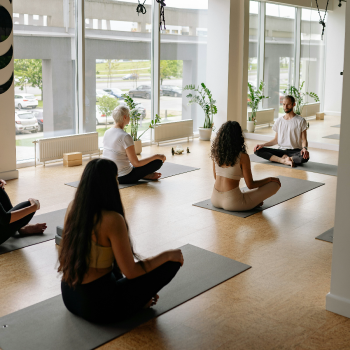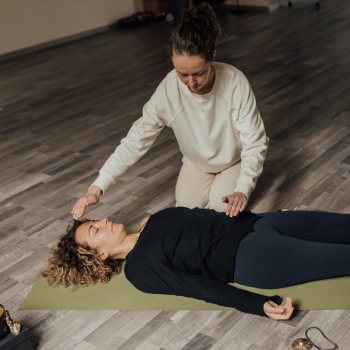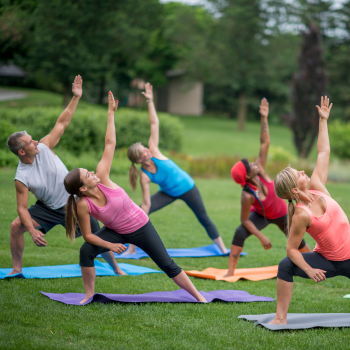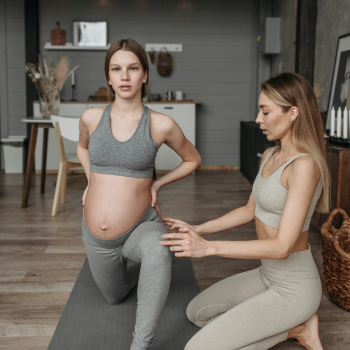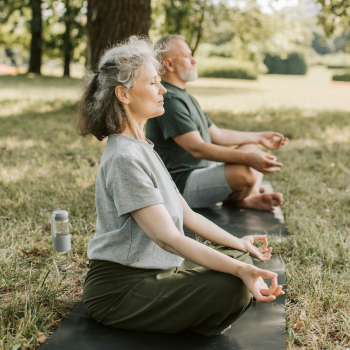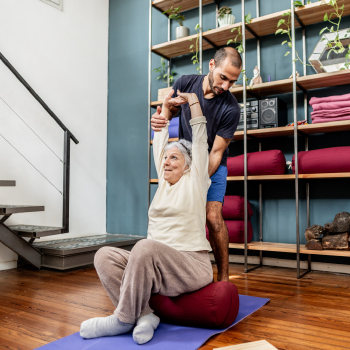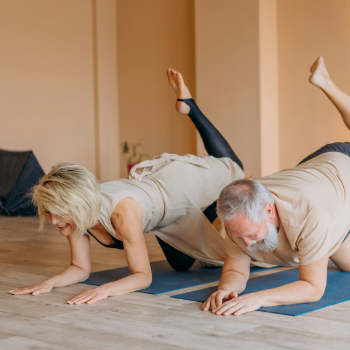Yoga as a Complementary and Alternative Management (CAM) Approach for Psychological Wellbeing in Parkinson’s Disease (PD)
Introduction
Objective: To evaluate the effects of yoga on the psychological wellbeing of people with mild-to-moderate Parkinson’s Disease (PD) compared to stretching and resistance training exercises.
Background: PD affects approximately 10 million people globally, characterized by motor symptoms and often accompanied by psychological distress such as anxiety and depression. The study explores yoga as a CAM therapy to address these non-motor symptoms.
Methods
Design: Community-based, single-blind, randomized trial.
Participants: 126 subjects with mild-to-moderate PD, divided into two groups: Yoga (n=63) and Stretching and Resistance Exercise (n=63).
Intervention:
Yoga Group: Weekly 90-minute yoga sessions for 8 weeks.
Control Group: Weekly 60-minute stretching and resistance exercise sessions for 8 weeks.
Primary Outcome Measure: Level of psychological distress using the Hospital Anxiety and Depression Scale.
Secondary Outcome Measures: Severity of motor symptoms, mobility, balance, fall risk, spiritual wellbeing, and HRQoL.
Results (Expected)
Primary Outcome: Improvement in psychological distress levels in the yoga group compared to the control group.
Secondary Outcomes: Potential improvements in motor symptoms, mobility, balance, spiritual wellbeing, and HRQoL.
Discussion
Significance: This study is pivotal as the first randomized trial comparing the effect of yoga with stretching and resistance training in a PD population.
Implications: Results may establish yoga as a viable therapeutic option for managing psychological distress in PD patients, offering a holistic approach encompassing psychological, physiological, and spiritual wellbeing.
Future Directions: The findings could inform future research, clinical practice, and policy-making in PD management.
Conceptual Framework
Theory of Self-transcendence: The study is underpinned by this theory, suggesting that yoga helps individuals with PD in self-transcendence, leading to improved wellbeing despite the challenges of the disease.
Trial Registration
Registry: WHO Primary Registry – Chinese Clinical Trials Registry (ChiCTR)
Registration Number: CUHK_CCRB00522
Registration Date: 8 October 2016
Electronic Supplementary Material
Availability: Additional material available in the online version of the article.
Yoga as a Complementary and Alternative Management (CAM) Approach for Psychological Wellbeing in Parkinson’s Disease (PD) - Continued
Aim and Hypotheses
Aim: To examine the effect of yoga on the psychological, physiological, spiritual wellbeing, and Health-Related Quality of Life (HRQoL) in individuals with mild-to-moderate PD.
Hypotheses:
The structured mindfulness yoga program will improve psychological, physiological, spiritual wellbeing, and HRQoL in individuals with mild-to-moderate PD.
The structured mindfulness yoga program will be superior to stretching and resistance training exercise in improving these outcomes.
Design
Type: Single-blinded randomized controlled trial (RCT).
Randomization: 1:1 ratio using permuted block randomization with a block size of 8.
Tools: CONSORT flow diagram and SPIRIT Figure for study design illustration.
Study Population
Recruitment: Through PD support groups and specialized outpatient clinics.
Inclusion Criteria: Idiopathic PD (stage I to III on Hoehn and Yahr scale), age above 18, ability to stand and walk unaided or with assistive devices, ability to give written consent.
Exclusion Criteria: Treatment for mental disorders or uncontrolled mood disorders, participation in other trials, cognitive impairment (abbreviated mental test score < 6), other debilitating conditions.
Sample Size
Calculation Basis: Effect size of 0.59 for depression and anxiety from previous studies.
Total Participants: 126 subjects (63 per group), considering an attrition rate of 25%.
Sampling and Recruitment Strategies
Approach: Convenience sampling.
Channels: PD support groups, outpatient clinics, printed flyers, newsletters, and online registration.
Interventions
Experimental Group: 8-week structured yoga program, 60-min sessions weekly, plus 20-min home-based practice twice a week.
Control Group: 8-week stretching and resistance exercise program, 60-min sessions weekly, plus 20-min home-based practice twice a week.Yoga Protocol: Includes controlled breathing, mindfulness practice, and 12 basic Hatha yoga poses (sun salutations).
Stretching and Resistance Exercise Protocol: Modified from validated studies for older adults with osteoarthritis.
Validity and Reliability
Content Validity: Yoga protocol reviewed by a panel of experts (neurologist, PD nurse specialist, physical education researcher, physiotherapist, occupational therapist, yoga instructors).
Modifications: Based on expert feedback, certain yoga poses were modified for safety and relevance.
I-CVI: Achieved 1.0 after two rounds of review, ensuring good content validity.
Randomization and Allocation Concealment
Method: Computer-based permuted block randomization.
Allocation Concealment: Sealed opaque envelopes with randomized group assignments.
Blinding
- Type: Single-blind RCT.
- Implementation: Outcome assessor blinded to subject allocation, independent from group allocation.
- Challenges: Difficulty in blinding participants due to the nature of the intervention.
- Strategies to Minimize Bias:
- Participants blinded to study hypotheses.
- Similar expected outcomes stated for both groups.
- Reminders for participants not to disclose group status.
Attrition and Missing Data
- Anticipated Rate: 25% attrition considered.
- Strategies to Reduce Attrition:
- Emphasizing importance of complete participation.
- Flexible follow-up arrangements.
- Regular contact via phone and reminders.
- Clear explanation of study procedures and health implications.
Adherence
- Instructions to Participants: Follow normal medication schedule, avoid new exercise programs.
- Facilitation Tools: Picture-based education booklets, self-reported activity logs.
- Monitoring: Class attendance checks, documentation of absenteeism reasons.
Outcomes
- Primary Outcome: Psychological wellbeing measured by the Hospital Anxiety and Depression Scale (HADS).
- Secondary Outcomes:
- Motor symptoms (MDS-UPDRS-III).
- Mobility, balance, and fall risk (TUG).
- Spiritual wellbeing (HWS).
- HRQoL (PDQ-8).
Data Collection
- Process: Screening, informed consent, baseline data collection.
- Timing: Assessments at baseline, post-intervention (2 months), and follow-up (3 months).
- Condition: Assessments conducted during “on” state of medication.
Data Analysis
- Approach: Descriptive statistics, GEE models.
- Analysis Principle: Intention-to-treat.
- Software: IBM SPSS 22.0.
- Significance Level: P-value set at 0.05.
- Reporting Guidelines: CONSORT 2010 and its extension to nonpharmacological interventions.
Ethical Considerations
- Ethics Approval: Obtained from The Joint Chinese University of Hong Kong – New Territories East Cluster Clinical Research Ethics Committee.
- Registration: WHO Primary Registry – Chinese Clinical Trials Registry.
- Confidentiality: Unique identification numbers, restricted data access.
- Compliance: Declaration of Helsinki.
Risks and Safety
- Safety Measures: Adequate warm-up and cool-down, use of props, tailored postures.
- Monitoring: Reporting of adverse events, clinical trial insurance.
- Stopping Rules: Based on risk of serious adverse events.
Pilot Study
- Conduct: 10 participants, same criteria, 8-week yoga program.
Findings:
- High satisfaction and perceived benefits.
- Significant improvements in psychological distress and holistic wellbeing.
Adjustments: Increase class duration from 60 to 90 minutes for more mindfulness practice.
Yoga as a Complementary and Alternative Management (CAM) Approach for Psychological Wellbeing in Parkinson’s Disease (PD)
Discussion
Contribution to Existing Research:
- Aligns with previous findings on yoga improving physical wellbeing in PD.
- Expands research to include psychological distress management in chronic illnesses.
Advantages of Yoga Intervention:
Minimal side effects and low cost.
- Potential for long-term, community-based self-help in PD patients.
Research Significance:
- Structured, evidence-based yoga protocols for chronic illnesses.
- Focus on feasibility, acceptance, and practicability in PD patients.
Impact on Management Approaches:
- Integrative, interdisciplinary focus.
- Empowering patients towards active self-care and mindful awareness.
Limitations
Participation Bias:
- Voluntary participation, limited to mild-to-moderate PD stages.
- Exclusion of patients under psychiatric treatment.
- Strategies to mitigate: Diverse recruitment strategies.
Single-Blind Design Risks:
Potential overestimation of treatment effects.
Strategies to minimize bias previously discussed.
Trial Status
Commencement: March 2017.
Estimated Completion: March 2018.
Additional Information
Additional Files:
SPIRIT Checklist.
Yoga Educational Booklet.
Acknowledgements:
- Contributions from expert panel and professional advisors.
Funding: None.
Data Availability: Not applicable.
Abbreviations
CAM, GEE, HADS, HRQoL, HWS, I-CVI, ITT, MBCT, MBSR, MDS-UPDRS-III, PD, PDQ-8, RCT, TUG.
Authors’ Contributions
Involvement:
- Conception and design of the study.
- Drafting and revising the manuscript.
- Supervision of the project.
Team: JKYY, JKCY, MA, VMCT, HCYL.
Ethics and Consent
Ethics Approval: Obtained from The Joint Chinese University of Hong Kong – New Territories East Cluster Clinical Research Ethics Committee.
Consent: Written informed consent required from participants.
Written By: Ram on 12-01-2023

